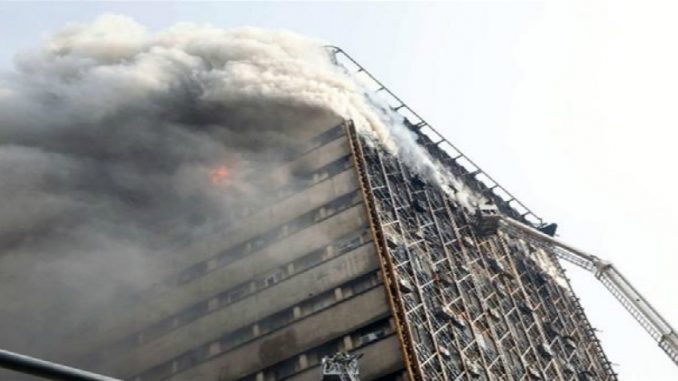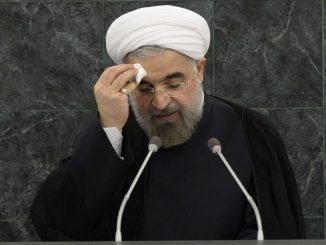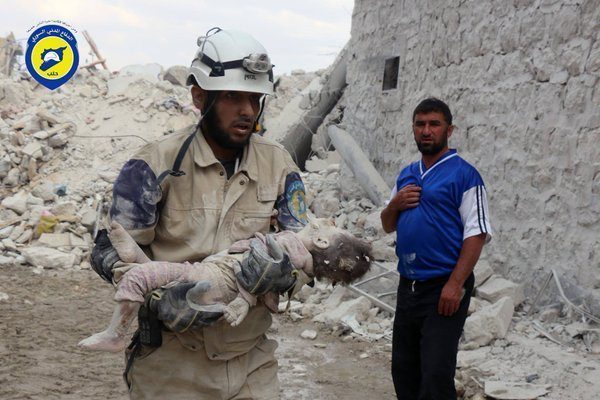
As Iran’s regime is focusing on widening its influence in the region and spends billions of dollars to achieve its political plans, it seems to be ignoring the internal situation in Iran poverty, corruption, and public threats reached a very high level.
In January, the famous Plasco tower in the heart of Tehran, which is a major commercial building, collapsed following a huge fire.
The mission to put out the fire that engulfed the iconic Plasco building in central Tehran ended in the sudden collapse of the 17-story structure and the deaths of more than 20 firefighters.
Dramatic images showed flames pouring out of the top floors before it crumbled to the ground.
People were blaming the building’s current owners, the Islamic Revolution Mostazafan Foundation (also known as the Foundation for the Oppressed), which is tied to the powerful paramilitary Revolutionary Guards, who control much of Iran’s wealth
The state-controlled foundation confiscated the landmark from the owner during the 1979 revolution.
Following the tragedy, Tehran municipal spokesman Shahram Gilabadi, speaking to the AFP news agency, said: “More than 30 times we warned the building’s owners that it was not safe, but unfortunately they did not pay attention,” giving a picture to the situation of regime-controlled sections of life in Iran.
However, hundreds of other buildings are expected to have the same fate.
256 towers to collapse soon
“There are 256 tower blocks in Tehran, of which no information is available in Tehran municipality. If for any reason, something similar to Plasco incident happens for any of them, it will turn into yet another disaster”, says Pirooz Hanachi, Secretary of Iran High Council of Urban Development & Architecture.
According to state-run ISNA news agency, Hanachi said on Wednesday February 8 that “a final report is being compiled which shows there’s no information on the conditions of this number of tower blocks in Tehran.”
“The 256 tower blocks are generally located in northern parts of Tehran on narrow passages, so that it would be too difficult to carry out aid operations with available facilities”, said Hanachi.
“Plasco building was fairly resistant against fire”, he added, “but it collapsed due to its not being equipped with fire suppression system.”
Meanwhile, a member of Tehran City Council named ‘Ahmad Masjed Jamei’ acknowledged that crisis management in the capital is too inefficient and that it itself needs to be managed. He had previously said that when fire started in Plasco building, no crisis management team was in place.
“Following the fire in Plasco building, I visited the place and saw no crisis management team over there”, he said.
In an interview with state-run ISNA news agency on Wednesday February 8, Masjed Jamei said that “if the incident which took place about three years ago in Jomhouri street was followed up, we wouldn’t have witness such a loss today.”
As a wholesale clothing center, Tehran’s iconic Plasco building caught fire on January 19, 2017. It collapsed a few hours later in front of stunned people while being captured by correspondents. At least 16 firefighters as well as four citizens were killed in the event, with a number of others disappeared.
The warning by the Secretary of Iran High Council of Urban Development & Architecture as well as other officials over the possibility of occurring similar incidents such as Plasco’s for dozens of other tower blocks in Tehran is stated at a time when experts are warning for years over a disaster which could happen following a possible earthquake in Tehran.



